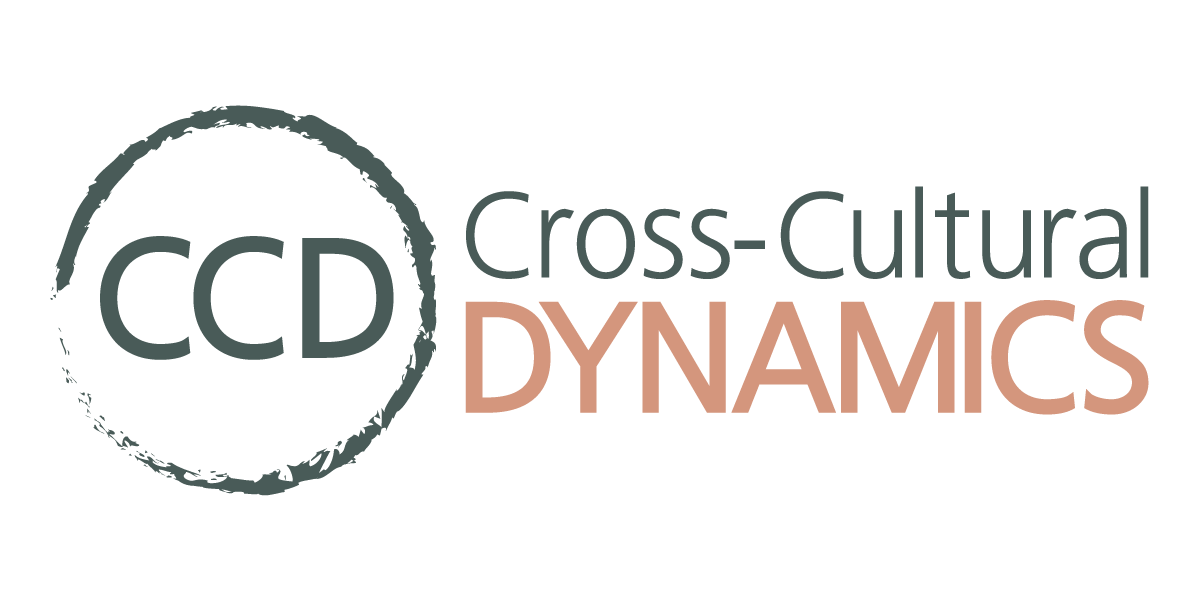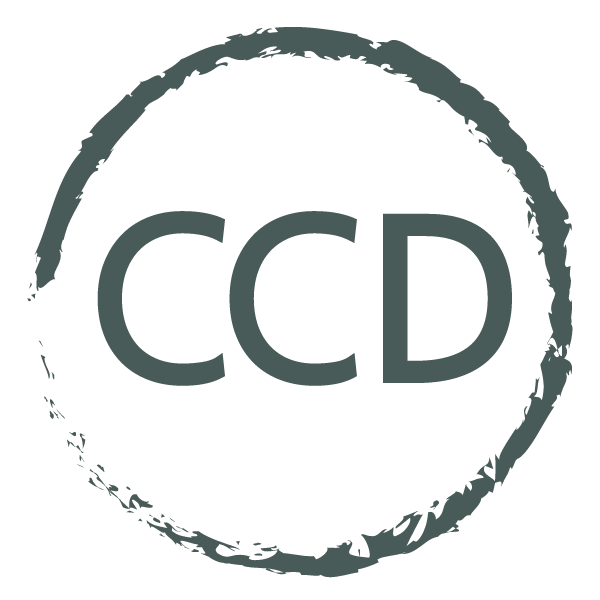Microaggressions in the Workplace
It’s a casual comment, an innocent catch phrase, or an ignorant stereotype. Microaggressions in the workplace are too common and cause serious damage to the health of organizations. Rather than dismiss this area of our culture as “too sensitive,” we have the opportunity to recognize the impact of our words and environments and work to better our organizational health. Your efforts in this will build a stronger team and likely retain better employees along the way.
Being Aware of Microaggressions
As we often say…it all begins with awareness. You cannot fix what you are unaware of. Take intentional time to learn about microaggressions. There are many phrases used innocently in today’s culture that are rooted in racist origins. There are subtle ways our words can trigger harm. We use them with no intention of harm, but the effect of our words can make an impact that is harmful anyway. We must consider our priority–the ability to be careless with our words? Or the responsibility of using words with care for the sake of the good of the whole team?
The Harvard Business Review gives a few examples of these microaggressions at play in our everyday language:
Did you know…
“Blacklist” is used with negative connotations, while “whitelist” is used with positive connotations.
“Man up” aligns a gender with the ability to do something effectively.
“Peanut gallery” was a phrase originally used in the 1800s. It was used to describe actual sections of theaters where Black people were seated.
“He’s or she’s so articulate,” when referring to the way the person of color speaks.
These are just a few examples of the many ways our words can negatively impact the people on our teams. Baker College gives three main sections for how microaggressions can show up:
Behavioral: Insensitivity in our messaging/symbols/actions
Environmental: No diverse representation in our teams.
Verbal: Offensive or negatively-impacting words that contribute to a stereotype.
Our words might not only be contributing to racial microaggressions. They can show up to affect gender, citizenship, mental health, class, or parental status.
It’s worth the effort to combat the effects of microaggressions. Before we assume it’s not a problem on our teams, it’s important to note research has shown tremendous damage in employees experiencing microaggressions. From trauma to depression, trouble sleeping to high blood pressure–this matters for the literal health of our teams as well as the overall health of our organizations.
How to Call Out Microaggressions
If you recognize microaggressions in your workplace, here are some helpful questions to ask yourself as you prepare a thoughtful response:
How well do you know this employee? Will they respond well to your words, or might it be helpful to include a trusted employee to ensure the best intentions are received?
What is the right time to call out a microaggression? It can be helpful in an open work setting to gently remind your team of your expectations. Or, it might be best to call a private meeting to address harmful language.
How well-informed are you on this matter? Be sure to do your research or bring in someone who is knowledgeable to help.
Overall, we need to remind our teams (and ourselves) that accidents happen. People say things they don’t intend. Damage is caused accidentally. Triggers can be unintentionally sparked. And this can cause a fear of communication. While fear is not the goal–nor is it helpful to building a healthy team–intentionality is the goal.
Your team will grow more and more in health as it learns to face hard things, apologize, learn, and improve. This is true in so many areas, but especially in interpersonal relationships. Let’s be better together!

